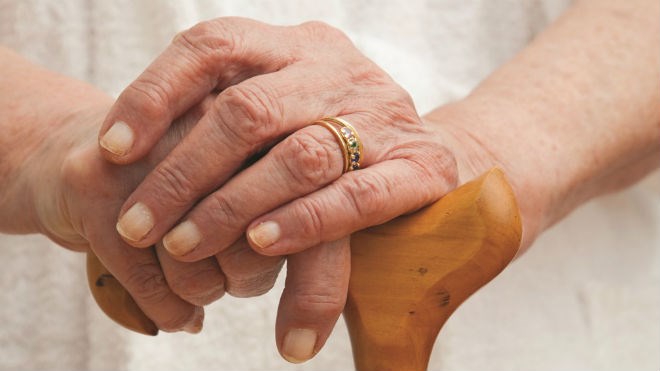The province introduced a new roadmap Wednesday it hopes can improve home and community care across Ontario.
“Patients First: A Roadmap to Strengthen Home and Community Care” introduces 10 steps to improve Ontario's home and community care system, that range from creating a framework that would allow for consistent home care across the province, to allowing patients to direct their own care.
The roadmap was a direct response to a report released in March 2015 called “Bringing Care Home.”
The report's author, Gail Donner, the former dean of the University of Toronto's nursing faculty, made 16 recommendations to improve home care in Ontario.
The report concluded there was too much variability in access to services and too little accountability for outcomes in the province's home and community care system.
The recommendations included better defining which home care services are eligible for provincial funding, and giving patients and their families more ability to direct their own care.
“I see it as really instrumental in pointing the way in how we can improve home care,” Ontario Health Minister Dr. Eric Hoskins said about the Donner report in an interview today. “We are implementing all of the Donner report's recommendations."
The roadmap Hoskins introduced Wednesday includes the province's previously announced commitment to increase home-care funding by $750 million over the next three years, and funding for an additional 80,000 nursing hours across Ontario.
The new announcement also introduced plans to move forward with a bundled care approach, in which a group of providers will be given a single payment to cover all the care needs of an individual patient.
The move to self-directed care
Hoskins said the plan to offer patients a self-directed care option over the next two years is a first in Ontario and Canada for the home and community care sector.
“That won't be for everybody, but it should certainly be a matter of choice for individuals who would prefer to obtain their home care with that level of control and direction,” Hoskins said.
But similar programs have existed outside the sector. The Centre for Independent Living in Toronto started to offer its own self-directed home care program 18 years ago.
Through the program, participating clients across the province, including Sudbury, can hire their own personal support workers, thanks to funding the Toronto Central Local Health Integration Network provides.
Nova Scotia also manages a self-managed care program for people with physical disabilities.
Hoskins said the 10 steps he presented Wednesday are only part of the first phase to improve home and community care in the province.
“It was important to focus in the first instance on a patient-centred approach, which elevates the quality of care and the consistency of care,” he said. “As we roll this plan out, it's going to give us, I think, a lot of insight into other changes and reforms that may be required.”
No mention of CCACs
The roadmap does not address the role Ontario's beleaguered Community Care Access Centres play in administering home care services.
In a 2014 analysis of the North East CCAC, Hay Group Health Care Consulting made 16 recommendations to improve the organization, which it perceived as “top heavy.”
Ontario Auditor-General Bonnie Lysk has placed the province's 14 CCACs under her microscope, and is expected to release her audit report in the coming weeks or months.
“I always find the auditor's reports are extremely helpful,” Hoskins said. “I look forward to receiving it, and it will certainly be integrated into my decision-making.”
What are care providers saying
Sue VanderBent, CEO of Home Care Ontario, which represents home care service providers across the province, said she was pleased with the province's new roadmap, but added it remains short on details.
“I don't think anyone has the exact details of any of these points,” she said.
The Registered Nurses' Association of Ontario said it a press release the announcement showed Ontario is headed in the right direction for home and community care.
“RNAO is encouraged by this strong first step to provide faster and more consistent access to high quality, publicly-funded home and community care services,” said the association's president, Vanessa Burkoski, in a press release. “We look forward to working with Minister Hoskins to ensure Ontario is providing the best care to its people.”
More than 600,000 people in Ontario receive home care each year, and around 60 per cent of them are seniors.
The number of people receiving home care services is expected to increase exponentially as the population ages.
